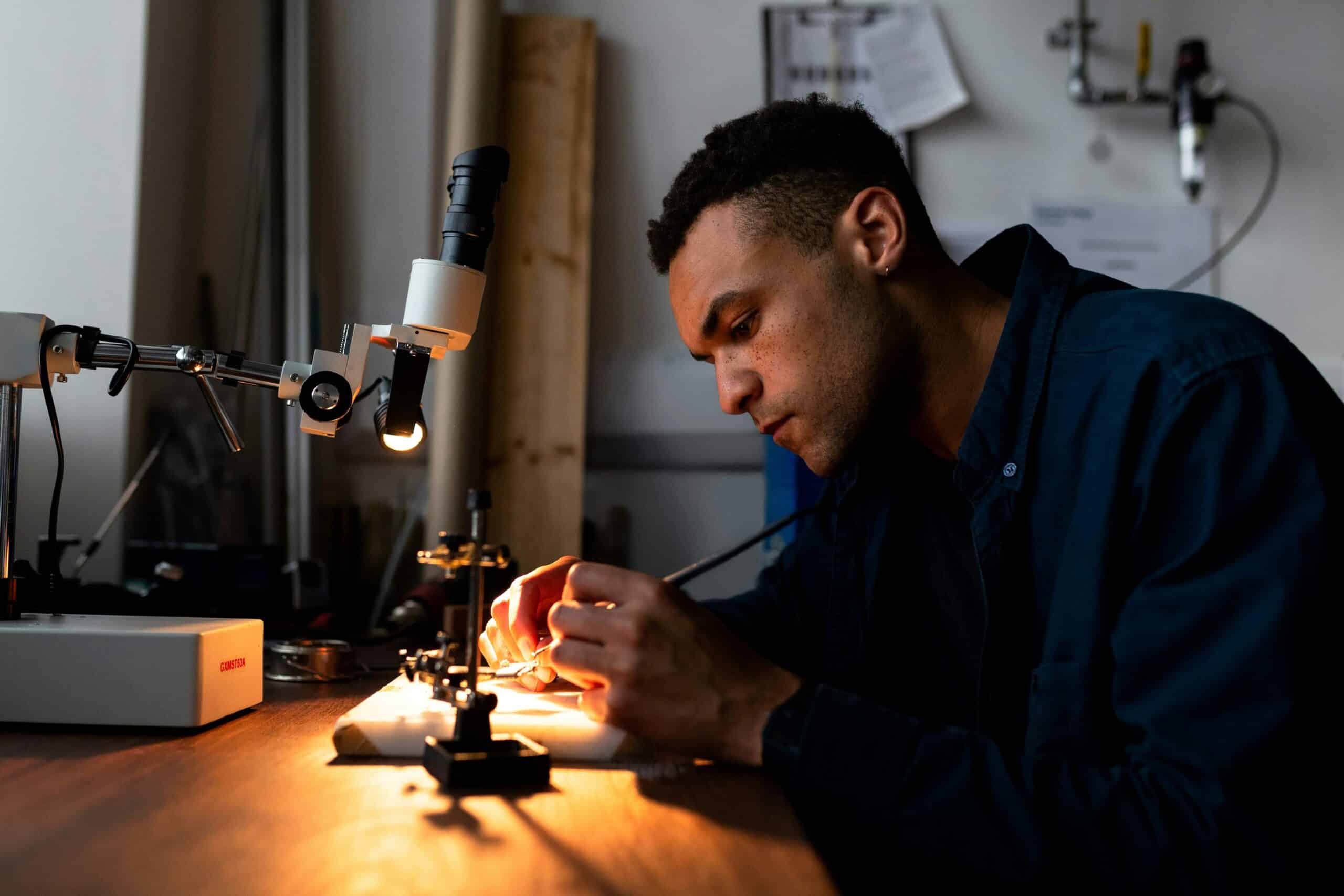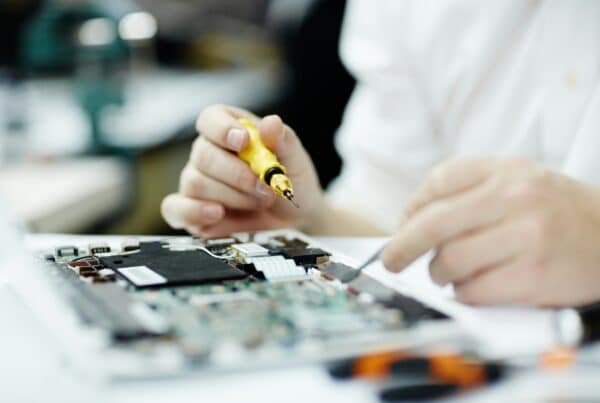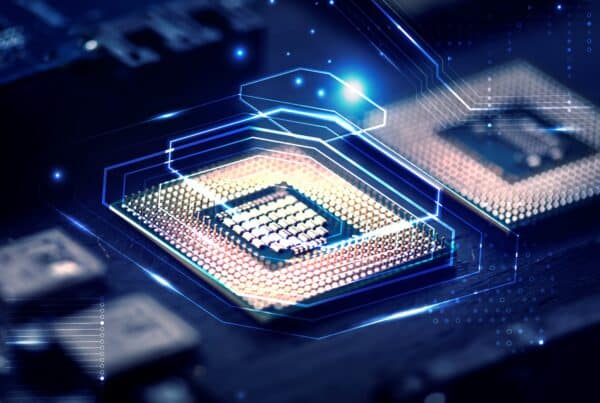The Rise of the Hybrid Engineer: Bridging Hardware, Firmware, and Control
If you’ve browsed recent aerospace or defence job postings, you may have noticed something: the lines between engineering disciplines are increasingly blurring.
It’s no longer just hardware engineer vs. software engineer vs. controls engineer. Today, companies are starting to seek hybrid thinkers – engineers who can design a board, understand the firmware that drives it, and work closely with control systems to optimize performance. While this profile is still emerging, it’s becoming an important asset in complex, modern systems.
The Industry Shift
Modern defence and aerospace systems – UAVs, autonomous vehicles, radar platforms, directed-energy weapons – are becoming smaller, smarter, and more interconnected. As a result, the boundaries between hardware, firmware, and control engineering are evolving.
Enter the “T-shaped engineer”:
- Deep expertise in one core domain.
- Broad working knowledge across complementary disciplines.
These engineers can participate in a design review and fluently speak both electrical and algorithmic languages, translating across teams and connecting dots that might otherwise be missed.
Why Demand Is Rising
As systems converge, companies increasingly need engineers who can:
- Debug across layers – from hardware and firmware to control and data analytics.
- Navigate real-time embedded constraints and optimization trade-offs.
- Collaborate seamlessly with mechanical, electrical, and software teams.
Hybrid engineers help reduce handoff friction and accelerate iteration — advantages that are especially valuable when milliseconds and millimeters matter.
The Talent Challenge
These profiles are rare and highly sought after. You’re most likely to find them in:
- Agile R&D environments and startups.
- Cross-sector roles such as robotics, automotive, or industrial automation, where engineers are often required to wear multiple hats.
Attracting hybrid engineers requires:
- Streamlined hiring processes, they won’t wait around.
- Challenging projects over hierarchy, autonomy and problem-solving are strong motivators.
- Integrated job descriptions – avoid siloed checklists; highlight interdisciplinary skills.
Hybrid engineers don’t fit neatly into boxes and that’s exactly why they’re shaping the future of engineering.
Final Thought
The aerospace, defense, & robotics engineers of tomorrow are not just specialists – they’re systems thinkers. They balance physics with firmware, hardware with algorithms, and help bring entire platforms to life.
As technology converges, hybrid engineers will be the ones connecting the dots, accelerating innovation, and keeping complex systems moving forward.
If you are looking to hire such engineers for your team, do get in touch for a chat – shubhangi@akkar.com







